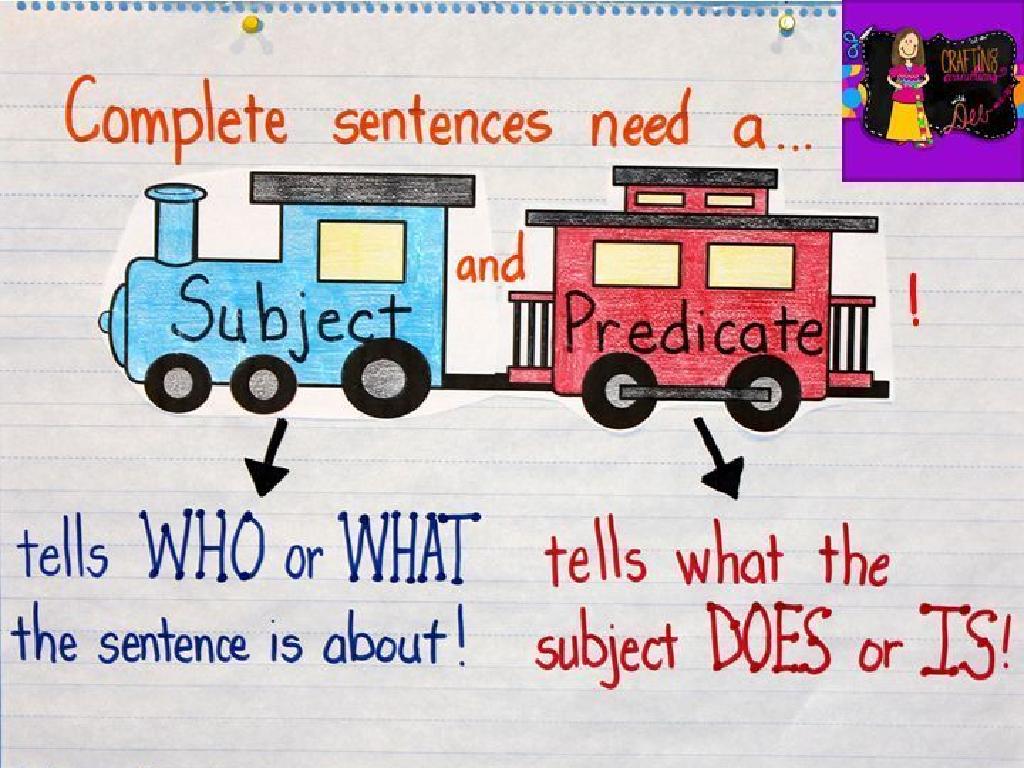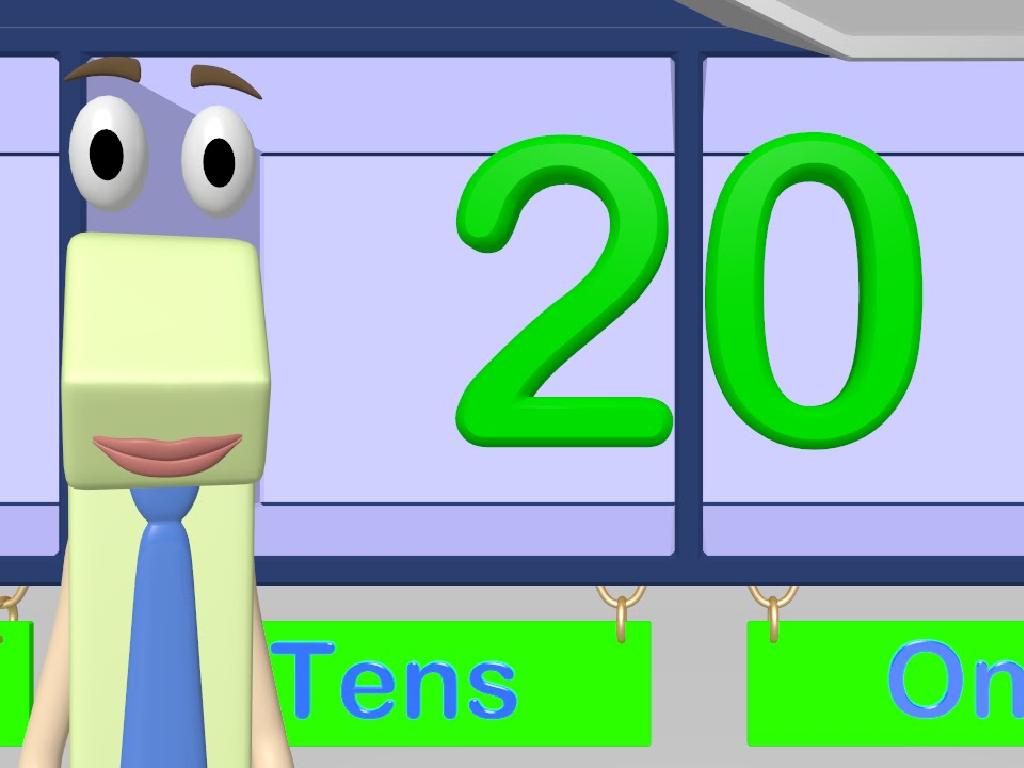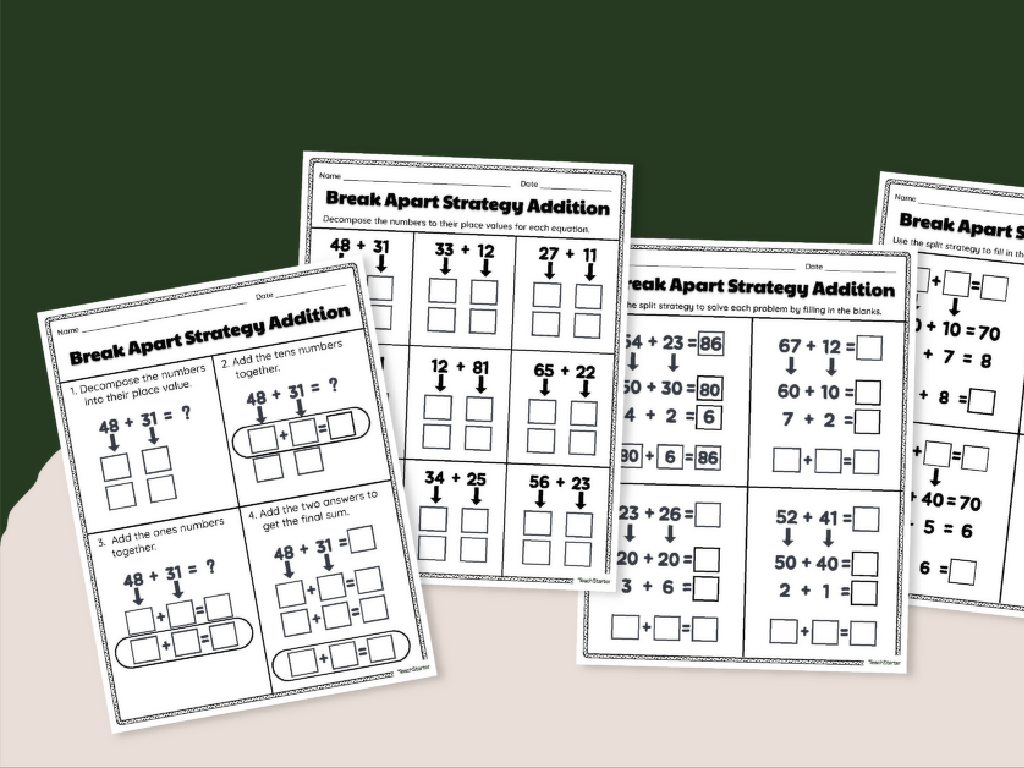Coral Reef Biodiversity And Human Uses: Explore A Problem
Subject: Science
Grade: Sixth grade
Topic: Conservation
Please LOG IN to download the presentation. Access is available to registered users only.
View More Content
Welcome to the Coral Reefs!
– Explore the world of coral reefs
– Coral reefs are diverse underwater ecosystems.
– Discover reef biodiversity
– Biodiversity refers to the variety of life and its processes.
– Learn why reefs are vital
– Reefs protect coastlines and support marine life.
– Discuss threats to coral reefs
– Overfishing and pollution are major threats to reefs.
|
This slide introduces students to the enchanting world of coral reefs, highlighting their importance in marine ecosystems. Begin with a brief description of coral reefs as vibrant, underwater structures teeming with life. Emphasize biodiversity, explaining that it encompasses the multitude of different species living in the reef, as well as the complexity of their interactions. Discuss the ecological significance of coral reefs, including their role in protecting shorelines from erosion and providing habitat for countless marine species. Conclude by addressing human-induced threats such as overfishing, climate change, and pollution, setting the stage for a deeper conversation about conservation efforts and the role students can play in protecting these vital ecosystems.
Exploring Biodiversity in Coral Reefs
– Define biodiversity
Biodiversity refers to the variety of life in an area; the different plants, animals, and microorganisms, their genes, and ecosystems.
– Coral reef diversity examples
Coral reefs are home to thousands of species, including fish, mollusks, and sponges, creating a colorful underwater tapestry.
– Each species’ ecosystem role
Each species has a specific role, like clownfish living in sea anemones, providing protection and getting food in return.
– Biodiversity’s importance
|
This slide introduces the concept of biodiversity and its significance within coral reef ecosystems. Biodiversity encompasses the variety of life forms in a habitat and is crucial for a balanced ecosystem. Coral reefs are among the most diverse ecosystems on Earth, often referred to as the ‘rainforests of the sea.’ Highlight the interdependence of species within this ecosystem, such as the symbiotic relationships that allow for the survival of many species. Emphasize the importance of each species, no matter how small, in maintaining the health of the reef system. Encourage students to think about how the loss of one species can impact the whole ecosystem.
Threats to Coral Reefs: Human and Natural Impacts
– Human impacts on reefs
– Pollution, overfishing, and climate change harm reefs
– Natural threats to reefs
– Storms and predators can damage reef structures
– Declining reefs’ consequences
– Loss of biodiversity and habitats for marine life
– Protecting reef ecosystems
|
This slide aims to educate students on the various threats that coral reefs face, both from human activities and natural events. Human-induced threats include pollution from plastic and chemicals, destructive fishing practices, and global warming leading to coral bleaching. Natural threats encompass damage from storms, predation by crown-of-thorns starfish, and diseases. The consequences of reef degradation are severe, leading to loss of marine biodiversity, reduced protection of coastlines, and impacts on local economies dependent on reef health. Emphasize the importance of conservation efforts to protect these vital ecosystems. Encourage students to think of ways they can help reduce human impact on coral reefs.
Human Uses of Coral Reefs
– Coral reefs in medicine
– Reefs provide resources for medical research and pharmaceuticals
– Coral reefs in tourism
– Tourists flock to reefs for their beauty, supporting local economies
– Coral reefs in fishing
– Reefs are vital to the fishing industry, supplying food and jobs
– Impact on reef conservation
– Overuse and damage from these activities can harm reef ecosystems
|
This slide aims to educate students on the various ways humans utilize coral reefs and the importance of these ecosystems to different industries. Highlight how coral reefs contribute to medical advancements by providing unique compounds for drug development. Discuss the economic benefits of coral reefs in tourism, as they attract millions of visitors for snorkeling, diving, and their natural beauty. Explain the role of coral reefs in supporting the fishing industry, both for local subsistence and commercial fishing. Emphasize the need for sustainable practices in all these areas to ensure the conservation of coral reefs for future generations. Encourage students to think critically about how human activities can both benefit from and impact these delicate marine environments.
Conservation Efforts for Coral Reefs
– Global vs. local initiatives
– Learn the difference between efforts around the world and in our communities.
– Our role in reef protection
– Simple actions like reducing pollution can help protect reefs.
– Successes in reef conservation
– Discover how areas like the Great Barrier Reef are being restored.
|
This slide aims to educate students on the importance of conservation efforts for coral reefs, both globally and locally. Discuss the various initiatives taken by organizations worldwide and compare them with actions we can take in our own communities. Emphasize the role of each individual in protecting these ecosystems by adopting environmentally friendly habits. Highlight success stories, such as the restoration projects of the Great Barrier Reef, to inspire students and show that positive change is possible. Encourage them to think of ways they can contribute to conservation efforts and to be mindful of their impact on the environment.
Coral Bleaching: A Conservation Challenge
– Understanding coral bleaching
– Coral bleaching occurs when corals lose their vibrant colors and turn white.
– Causes and effects on reefs
– Factors like rising sea temperatures and pollution lead to bleaching, harming the ecosystem.
– Discussing solutions to protect
– Solutions include reducing carbon footprint and supporting reef-safe products.
– Engage in conservation efforts
– Community clean-ups and educational programs can help conserve coral reefs.
|
This slide introduces students to the problem of coral bleaching, a phenomenon that affects coral reef biodiversity. Begin by explaining what coral bleaching is and how it’s a sign of stress in coral reefs. Discuss the various causes, such as climate change and pollution, and the subsequent effects on marine life and human economies reliant on reefs. Explore potential solutions, emphasizing the role of individual and collective action in conservation efforts. Encourage students to think critically about how their choices can impact coral reefs and the broader environment. Activities could include researching local conservation initiatives or simulating a coral reef management plan.
Class Activity: Protect Our Reefs!
– Design a Conservation Poster
– Role-Play Different Stakeholders
– Students act as fishermen, tourists, and conservationists to understand perspectives.
– Brainstorm Impact Reduction
– Think of actions that can minimize human harm to reefs.
– Discuss & Reflect on Activities
|
This interactive class activity is aimed at raising awareness about coral reef conservation. Students will create posters that promote ways to protect coral reefs, engaging their creativity and understanding of the ecosystem. They will also participate in a role-play to explore the different viewpoints of people who interact with coral reefs, such as fishermen, tourists, and conservationists. This will help them understand the complexity of human impact on these ecosystems. Following the role-play, students will brainstorm practical ways to reduce our impact on coral reefs. To conclude, facilitate a discussion where students can share their posters, role-play experiences, and ideas from the brainstorming session. This will reinforce their learning and encourage them to think critically about conservation efforts. Possible activities for different students could include designing informational brochures, creating a short play about reef conservation, or composing a song that highlights the importance of reefs.





